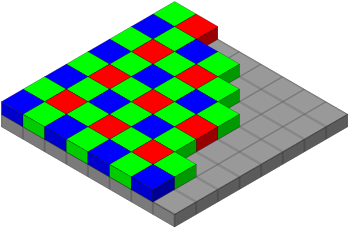somedeafdudefromPNW
Active Member
- Joined
- Jul 6, 2009
- Messages
- 9,499
- Reaction score
- 1
I don't believe color photography existed in 1910. It was probably added with special colorizing software. Interesting to see it in color, though.
Did you read?
They were shot with different filters: blue, red and green, then they were layeerd with each others over a light source to produce a "colour photograph."
I remember a collection of Japanese photographs were done the same way... will have to find the article.


 for the link.
for the link.